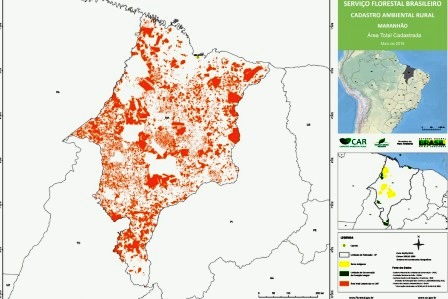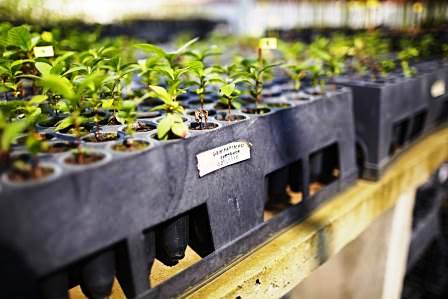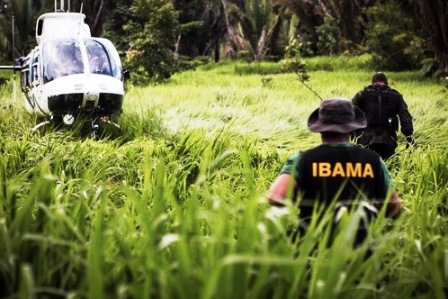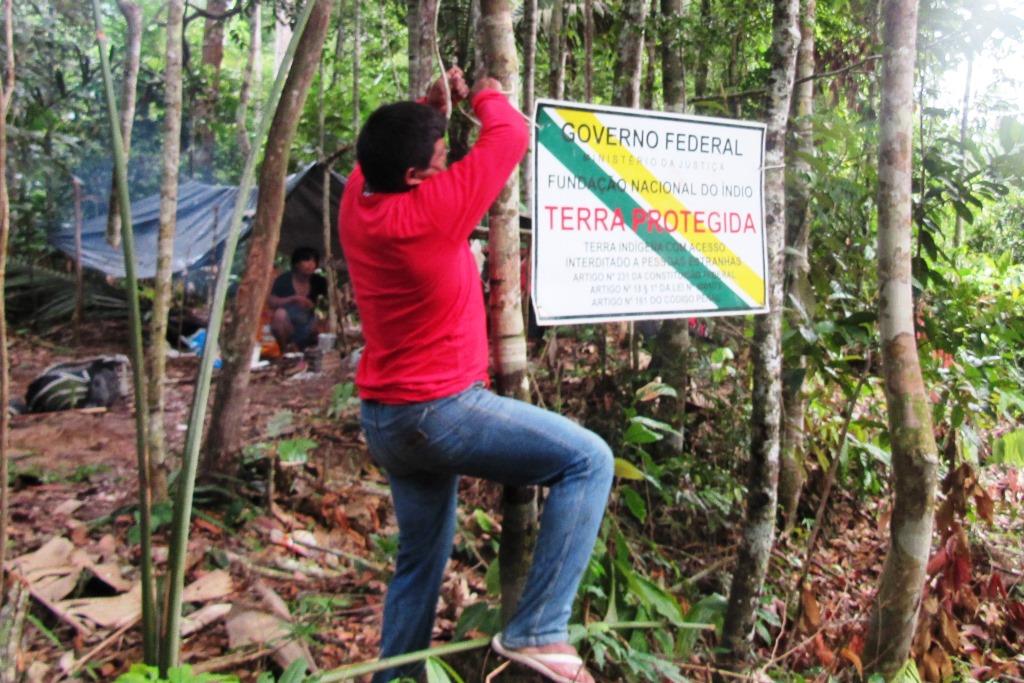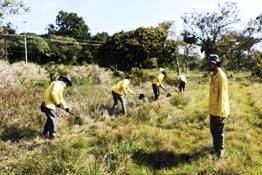Project selected under the Public Call “Amazon at School”
CONTEXTUALIZATION
The state of Amapá is characterized by extensive forest coverage and low urban density, with 73% of its territory protected by Conservation Units and Indigenous Lands. Despite its rich natural resources and cultural diversity, the region faces serious infrastructure challenges, including lack of sanitation, unstable electricity supply, and logistical difficulties. Family farming is predominant, yet suffers from limited technical assistance, insufficient infrastructure, and low participation in the National School Feeding Program (PNAE). Public schools also struggle with inadequate facilities for storing, preparing, and serving healthy and high-quality school meals.
THE PROJECT
The Caminhos de Sabores e Saberes project, launched under the Public Call “Amazon in Schools – Healthy and Sustainable Food”, promotes an integrated approach that connects the supply of products from family farming to the demand of public school networks in seven municipalities of Amapá: Calçoene, Itaubal, Macapá, Mazagão, Pedra Branca do Amapari, Porto Grande, and Santana.
On the production side, the project will benefit 17 grassroots organizations of family farmers, quilombola communities, agroextractivists, extractivists, and Indigenous peoples, involving a total of 1,647 members across the participating municipalities.
On the school network side, the initiative is expected to reach 39 municipal schools, serving 9,577 students, and 25 state schools, serving 10,351 students—a total of 64 schools and 19,928 students benefiting from healthy and sustainable school meals.
INTERVENTION LOGIC
The project is included in the "Sustainable Production" (1) component of the Amazon Fund Logical Framework, contributing directly to the goal of expanding sustainable, community-based production by family farmers, Indigenous peoples, quilombola communities, and traditional populations. It ensures the supply of locally produced food for school meals, while also promoting environmental conservation, income generation, and improvements in quality of life for participating communities.


